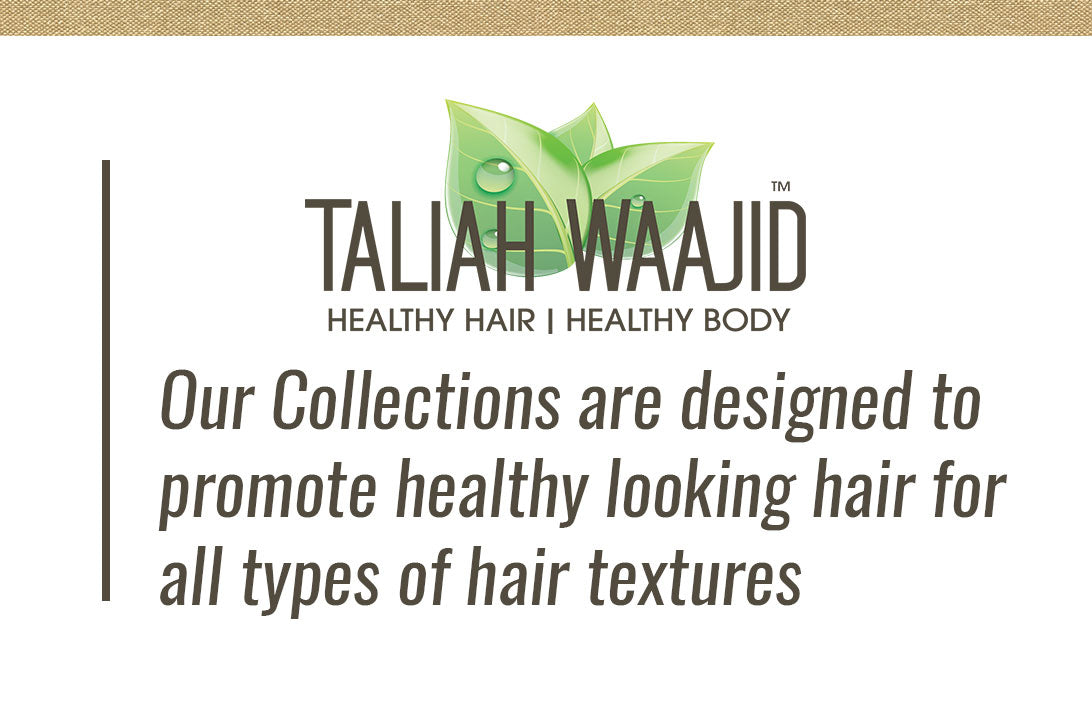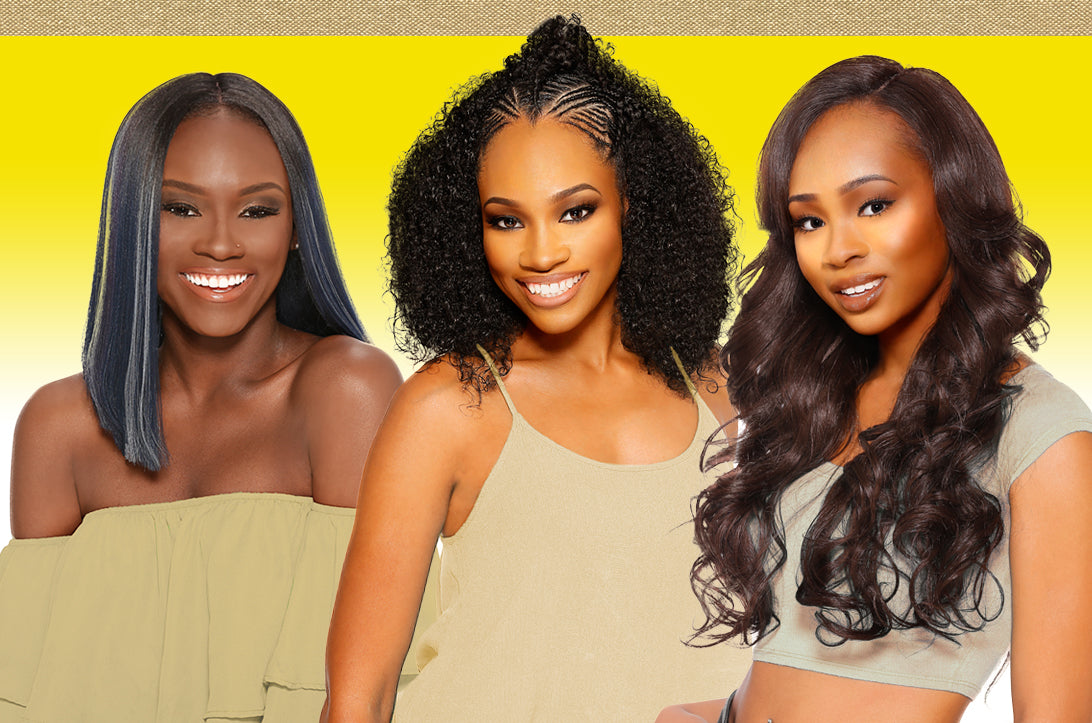This year marks the 30th anniversary of Spike Lee’s movie, School Daze. I was in high school (I’m dating myself), when this movie came out, and I fell in love with it immediately. Not just because my homegirl, Cassie Davis, from the House of Payne and the Paynes debuted in it, but the depiction of black college life felt so natural and real to me. This movie, along with A Different World, helped me make my decision to attend, Southern University and A&M College, an HBCU.
One of the very real aspects of the movie was the battle between the light-skinned and dark-skinned girls, respectively the “WannaBes” and the “Jiggaboos.” You’ll recall the epic hair salon dance fight sequence where both groups were banging on Madame Ree Ree’s salon door screaming, “Ree Ree, open up!” Brilliant in its delivery, the insults of the song were sung over a jazz swing with Broadway dance moves.
Oooh you got cocka-bugs standing all over your head
Well you got sandy spurs rather have mind instead
You're just a jiggaboo, try'na find somethin to do
Well you're a wannabe –wanna be better than me
Talkin ‘bout good and bad hair, whether you’re dark or you’re fair
Go on and swear, see if I care, good and bad hair
This scene magnified not only the long time underlying race and colorism issues in the African-American community, but the perception of “good hair” versus “bad hair.” Back then, good hair was considered long loose curls with baby hair that laid down with little to no effort. All someone needed to do with this type of hair was to wet a brush, or put some gel in wet hair and Voila! Insta-curls! Hair like mine, that required some negotiating, was not considered good. It didn’t grow long and after spending a Saturday night in front of the stove, covering my ears so that my mother wouldn’t burn them while she was hot combing my hair, it was important that I didn’t “sweat out” my hair before church. God forbid if it rained.
Alternatively, there was a backlash against weaves and wigs. They were considered fake and disingenuous. I remember girls getting heckled and taunted because “if you can’t grow it, you sew it.” So the odds were stacked. Not only did your hair have to look like Whitley’s on A Different World, it had to be yours. No pressure, right?
In the late 90s, early 2000s as women started to gravitate toward the natural hair movement, the definition of good hair began to change. Pioneers like Taliah Waajid, with the creation of her first product line, Black Earth, specifically made for chemically-free hair, educated us on what good hair really was and it set the standard. It created an entire movement that includes deeply conditioned and coifed “cockabugs”, in addition to the protective coverings of “sandy spurs,” whether grown or sown. It is wonderful to see the democratization of black hair and women defining for themselves that the hair that grows out of their heads, when maintained properly, is good hair. It is also a comfort to use every tool, wig or weave at our disposal to keep our hair and head “good.”
I wonder what Madame Ree Ree’s salon would look like today. I’d like to imagine that there’d still be banging at the door for her to open up, because, you know, a good stylist is hard to find. But I also imagine the opening song going a little something like this:
Talkin ‘bout all the good hair, we know it ain’t fair
Go on and stare, touch if you dare, all this good hair
Sheronda Gipson is a freelance writer, content strategist and natural hair enthusiast with an MFA in Writing from Savannah College of Art and Design (SCAD). Brunch, documentaries and lazy Saturday mornings are her thing. Follow her on Instagram @sherondak.
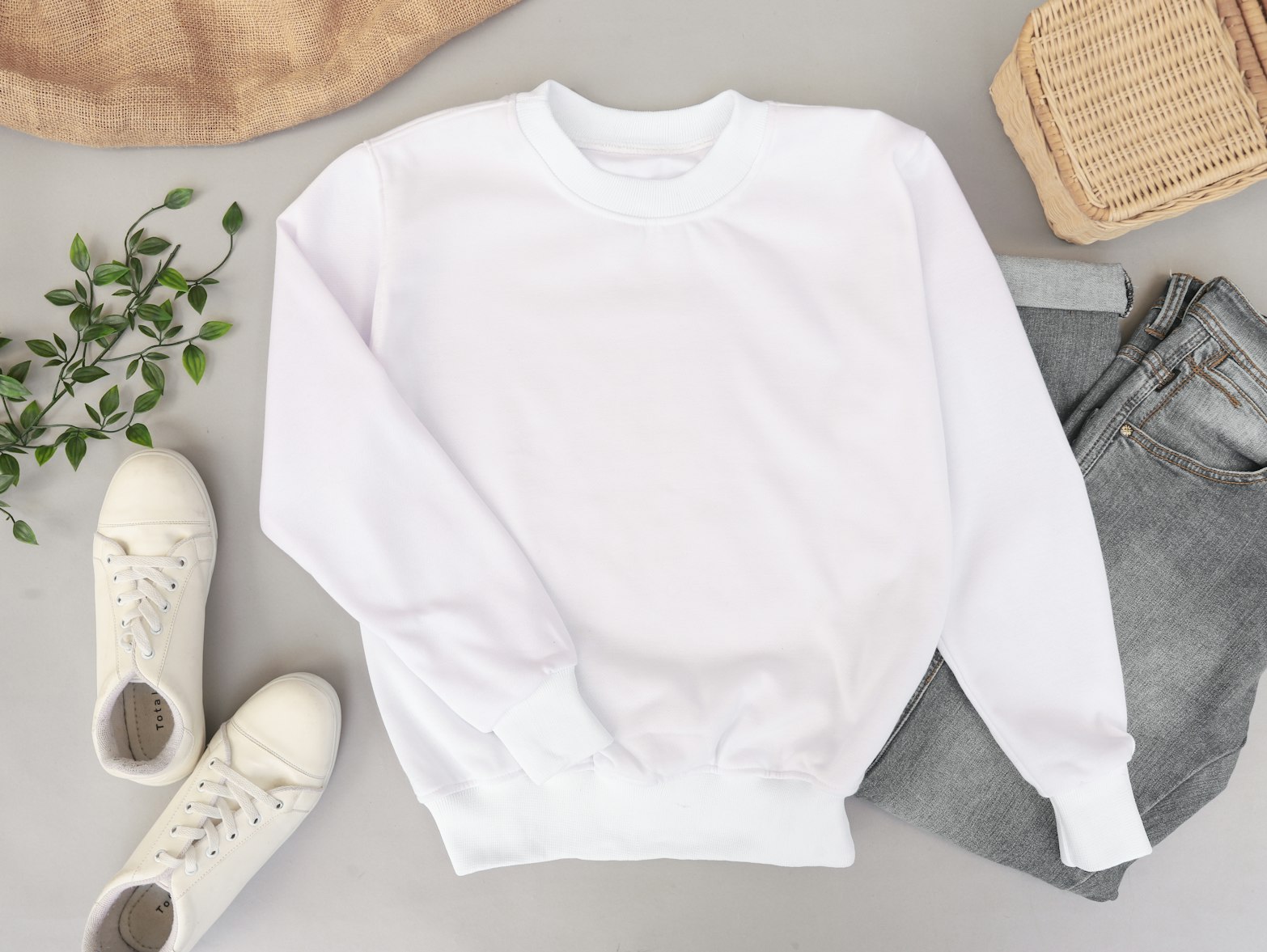
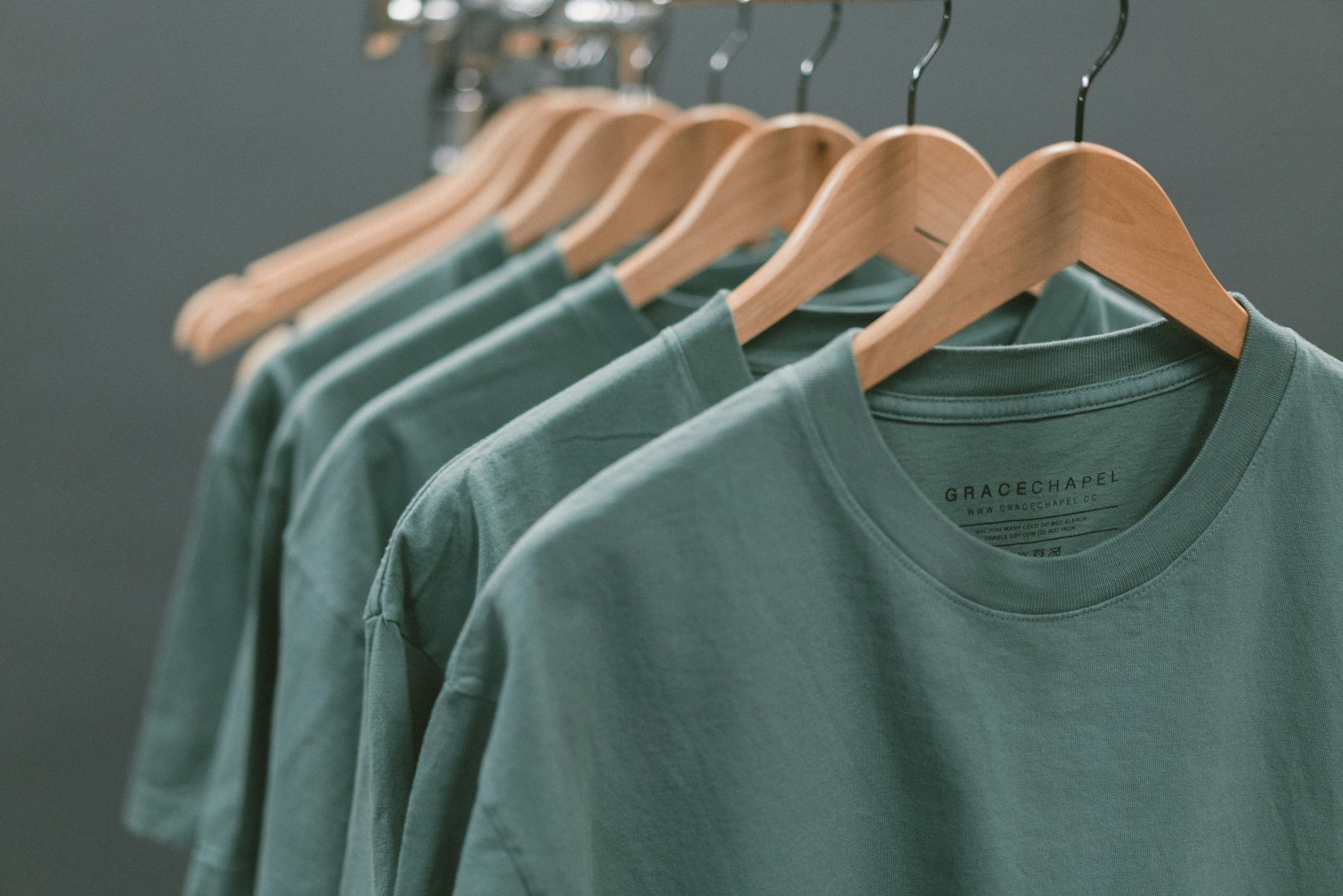
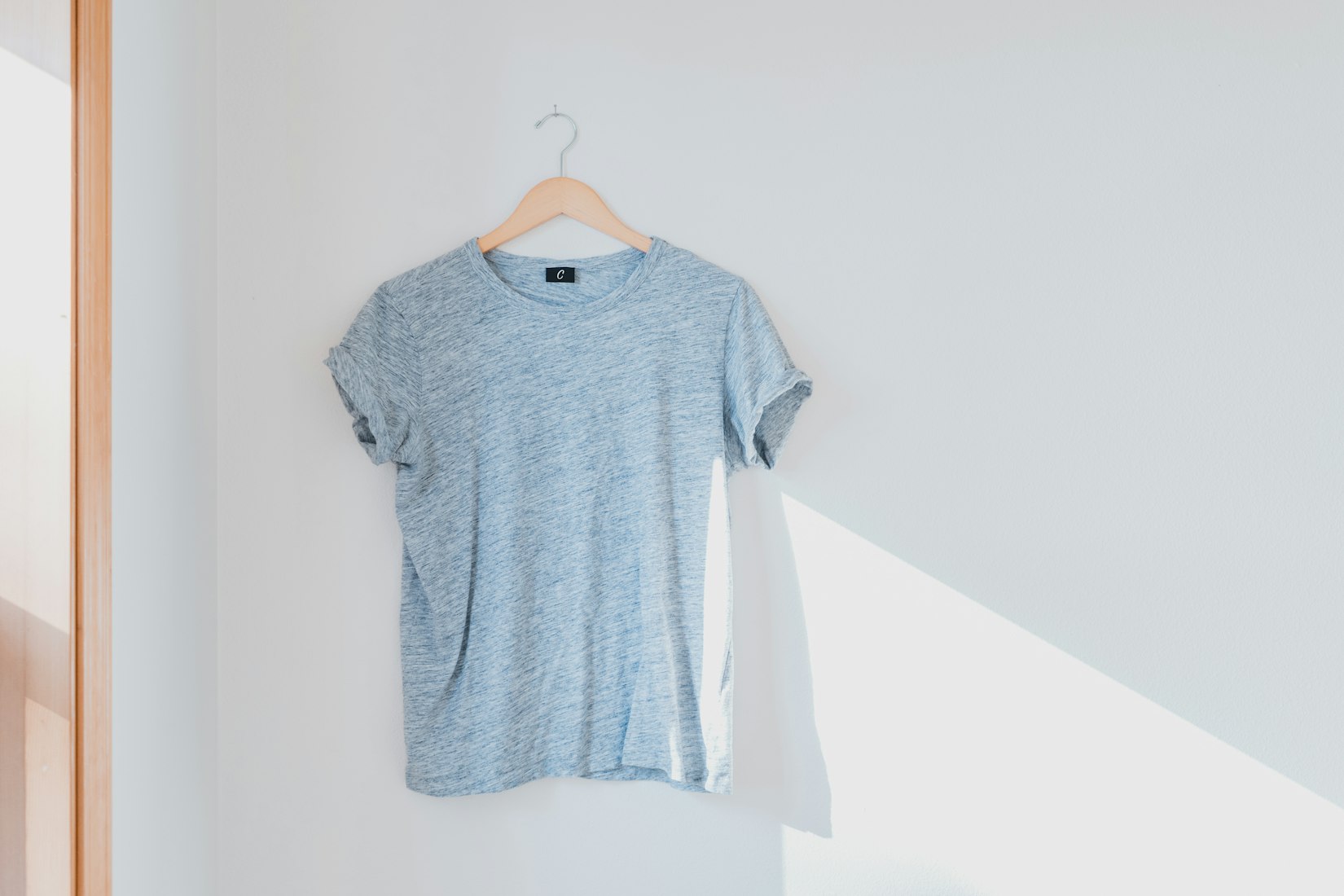
 English
English Arab
Arab
